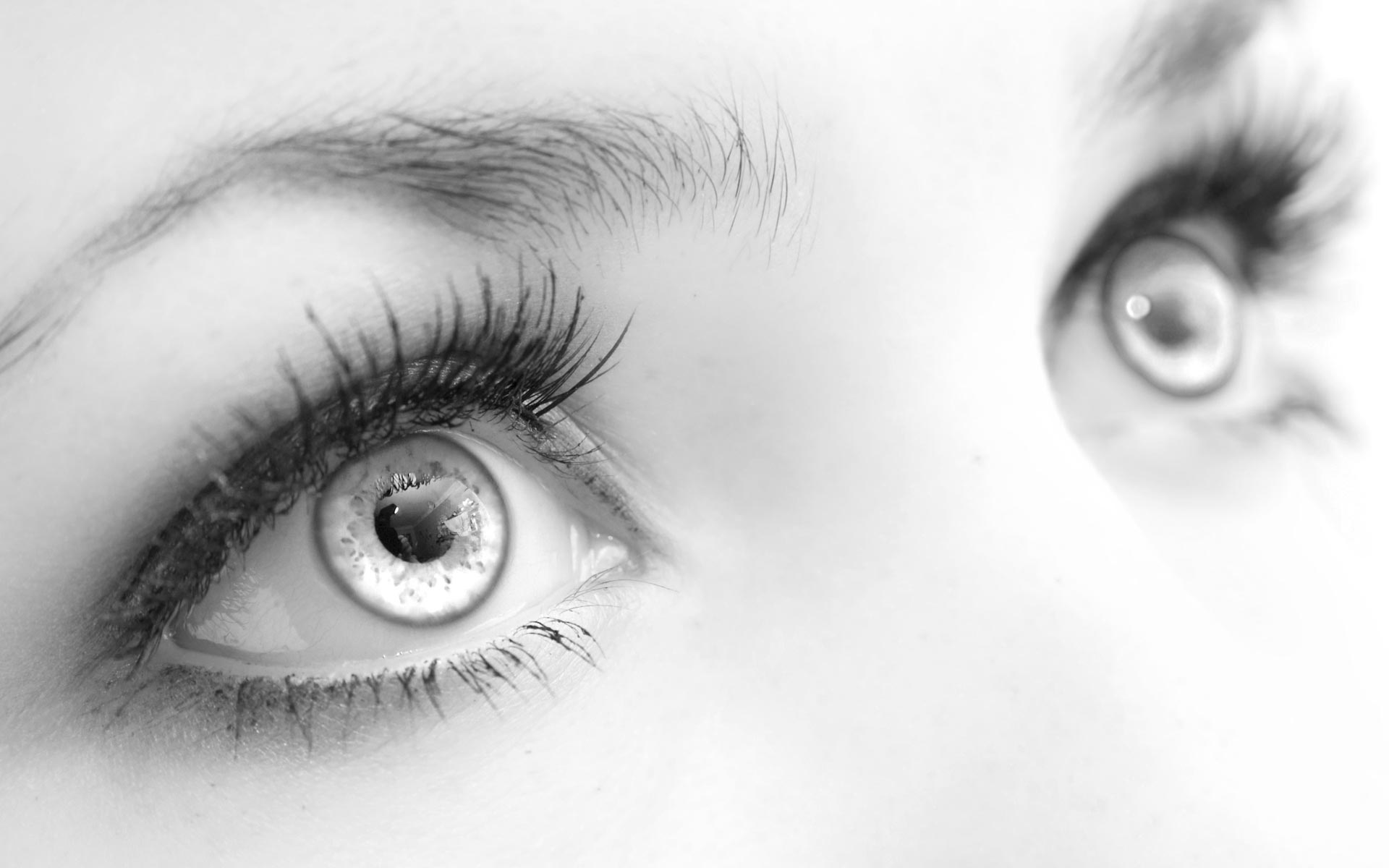
The Visual Part of Music
It’s common sense that music is something that is heard, listened, it goes through our ears, we are able to register sound and that way we can experience music, however there is a very important visual part of music, some are also a part of common sense or logic, others form part of aspects that aren’t very explored and could bring a lot to what music is to the world.
First of all, most people are generally more visually driven, this makes every experience begin with sight, and shortly after sounds. This is how classical music interpreters approach their art, they begin reading their sheets and then make the sounds through their instruments. Music academies are very visual in general due to the fact that there is so much emphasis on reading and writing music.
There is also a thing with beginners that is a very common and instinctively thing to do, which is looking exactly at what you’re doing, which is something that does not happen while singing, in singing you hear and you feel, playing and instrument, beginners see and hear, which is not a bad thing at all, it just happens. The thing is that as a beginner musician progresses, they no longer feel the need to watch every move every single time, while it works as support, it is no longer needed.
Visual Sounds
There is also a case that cannot be ignored, which is disabilities, this can change the way music is perceived as a whole, and if a person is deaf, you may think that, that person has no way to experience music but that is not true. A deaf person can still read and write music, and it’s not weird to feel music, when we go to a concert or we are in a party our body feels the vibrations of the rhythm, and this responds to another sense.
There is another way a deaf person can experience music, and while it’s not very common, it does happen, and this is to experience sounds, visually, this can be a bit strange to some but according to… amber Galloway Gallego this can be achieved.
She believes that music can still be expressed without actually hearing and criticizes many translators that just cue a sign that means “music” and just stand there while the sound of music is there, when you could actually do so much more.
This is not only a good effort to help disabled people experience music in a visual way, it is also a reminder of how complex and rich can music be.
While visual experiences can be a very good complement of the sounds themselves, such as going to a concert and seeing all the lights, fires, smoke, and breathtaking effects, music videos published along side the music to help tell a story, or even album covers; the visual part of music can also be the experience itself whether it is through music composition and reading or as a tool to interpret sounds and what the musician is trying to express.

